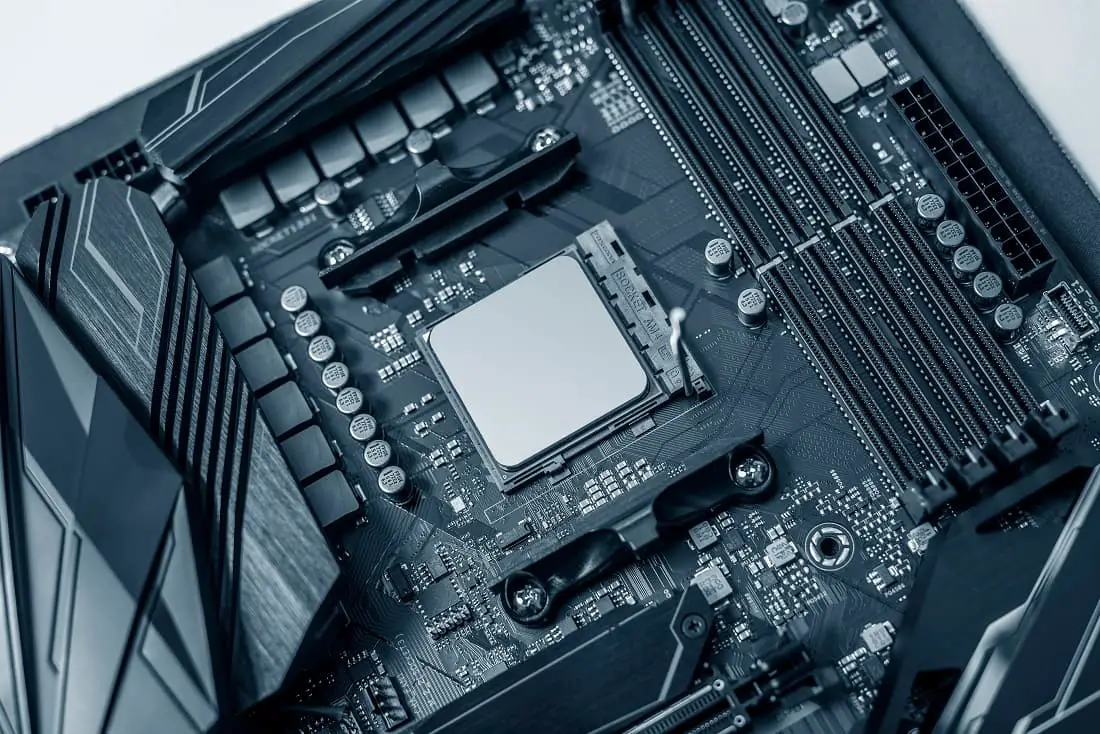In the age of AI, it is almost impossible to isolate yourself from devices like mobiles and computers. Be it your work or studies – it is dependent on the processing machines. In offices, most of the work is stored and conducted digitally: meetings, data, and information exchange.
What makes computers so powerful is that they can handle all the tasks efficiently. It is the CPU that gives computers these properties. The more advanced the CPU is, the more functions it has at its disposal. And it will perform the task more efficiently. This is the reason why distinct types of computers have different CPUs.
Let’s have a look at the differences between a desktop CPU and a server CPU:

Processing power and tasks
The most common difference is the processing capacity. A server CPU processes the request from multiple nodes. However, a desktop CPU is strong enough to handle queries and process data for one user. But a server CPU can do the tasks for multiple users at the same time.
The biggest companies in this area are AMD and Intel. Others like Qualcomm produce processors for mobile devices. Both AMD and Intel provide processing units for server and desktop PCs. AMD server CPUs are powerful and safe and are produced with more cores and threads than Intel.
Server mainboards also have multiple sockets to attach more CPUs. A regular mainboard has one socket for a single CPU. The sockets vary between Intel and AMD, so pay attention if you are interested in building a PC.
Cores and Threads, AMD’s and Intel’s series
Today’s processors are not based on a single operating unit like a few decades ago in the PC sector. They have multiple cores and threads and come with the most up-to-date security features. Core simply means the CPU’s physical processing units. A thread is the virtual version of a core. This means the CPU can perform multiple tasks at a time.
AMD offers in its RYZEN and EPYC Series up to 64 cores and 128 threads, while Intel proposes with Xeon (server CPU) upto 38 cores and 76 threads. This clearly reflects that AMD has something more to offer. More cores offer better multithreading performance, which is the unique feature of a server CPU. It is important to have a look at other features like CPU clock times or the amount and type of cache.
The desktop solutions from AMD are also called RYZEN whereas Intel uses the small letter i and a number to indicate the series (e.g. Intel i7, Intel i9) and offers a special X-Series for enthusiasts.
Life expectancy
Server CPUs are especially suited for a great workload. High productivity requirements are also supported by server CPUs. They are supposed to run 24/7, whereas desktop CPUs usually are used from a few minutes to a maximum of about ten hours a day. The regular desktop user switches the PC off–office users and gamers likewise.
So, server CPUs are built to operate at full power capacity 24/7. Even then, their life expectancy is higher than that of a desktop CPU. This is because they are built for continuous heavy-duty performance. Both already mentioned companies offer CPUs with an estimated life expectancy of more than a decade, after which generally the technology becomes outdated.
Overclocking
The life expectancy does not mean that a CPU crashes after ten years. Most heavy PC users almost never experienced a dead processor. Overclocking might fasten the death of such a unit, but this topic is not relevant for office users. It’s more important for gamers and enthusiasts who want to find out which scores they can get and what the CPU is capable of. Processors can also be overclocked via BIOS in which an overclocking feature can be activated manually in most cases. The processors are overclocked automatically if a higher output based on the workload is needed.
Usage of ECC RAM and cooler
As an extra precaution to prevent server CPUs from failing, ECC-RAM (Error Code Correcting Memory) is often used in servers. It checks if the data has been processed correctly. In case this has not happened efficiently, it corrects the memory error with this type of RAM.
Server CPU and desktop CPU both have their own specialized purposes. One is best for a 24/7 operating machine while the other is designed to function for the end-user. Although server CPU are designed for servers, they can also be used for desktop PCs. All you need to add is a cooling system to it because server CPUs are delivered without a cooler. Regular desktop CPUs usually come in a boxed version. This means that the processor has a cooler included. Different variants of both types are available with unique features and different pricing, you can choose as per your need.
Also read: